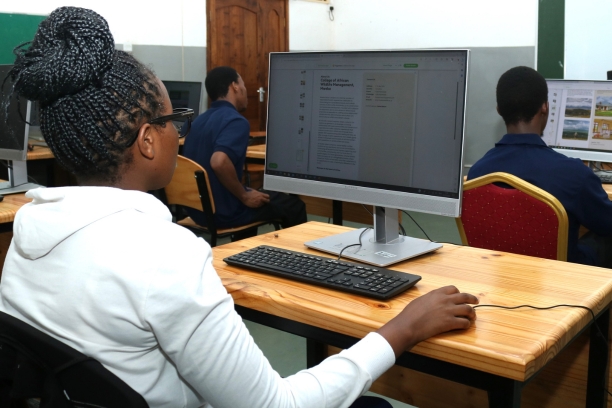
Unlock boundless opportunities in Wildlife and Tourism Management through our comprehensive programs | Join our community at CAWM, Mweka, and immerse yourself in hands-on learning and conservation-driven education | Pursue your passion with us and make a lasting impact on Africa's diverse ecosystems

| Workshop
We are enthusiastic about our partnership with SafariOffice, a leading provider of smart and easy-to-use software in the tourism industry. Together, we aim to create unique and educational opportunities for students interested in tourism operations and management. We are grateful for the opportunity given to the College to use the technological platform provided by SafariOffice, which will enhance the learning experience and prepare students for successful careers in the tourism sector. Mweka students can leverage this to gain practical skills and hands-on experience in using industry-specific software, giving them a competitive edge in the job market.
Read more...